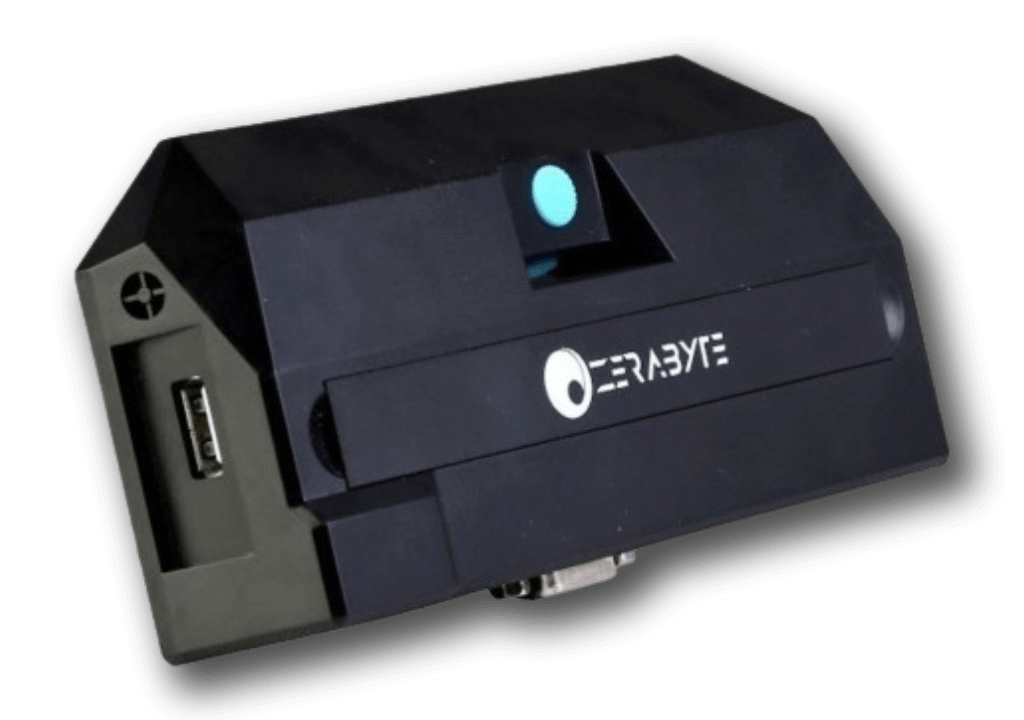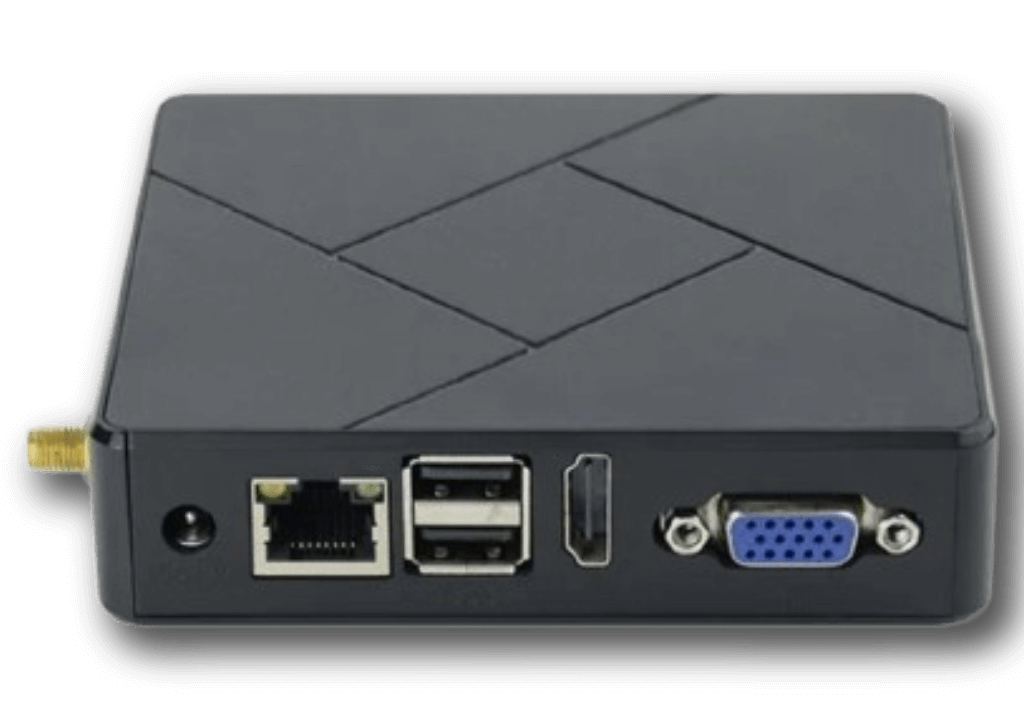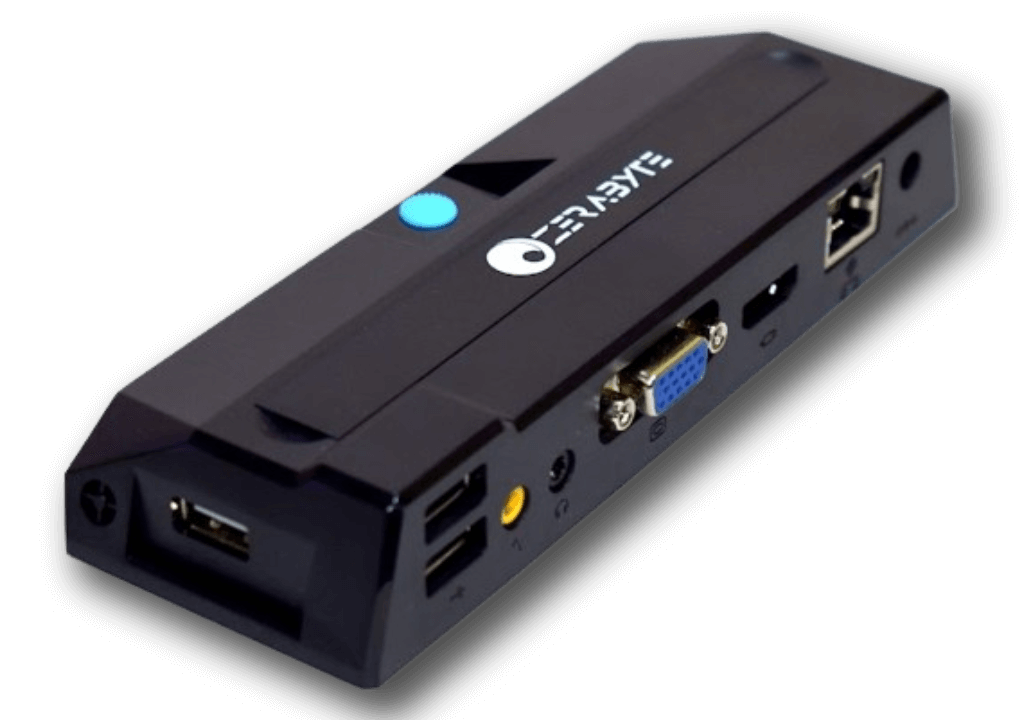Unlocking Efficiency: The Comprehensive Benefits of Thin Client Technology
In the dynamic landscape of information technology, organizations are constantly seeking innovative solutions to optimize their computing environments. One such solution that has gained prominence for its transformative impact is thin client technology. Zerabyte Thin Clients, with their streamlined architecture and centralized management approach, offer a plethora of benefits that span across various industries. In this comprehensive exploration, we delve into the multifaceted advantages of thin client technology, ranging from cost savings and enhanced security to improved manageability and environmental sustainability.
1. Benefits of Thin Client Cost Efficiency:
Thin client technology presents a compelling case for cost efficiency across various dimensions:
a. Hardware Costs:
Traditional PCs require substantial processing power, memory, and storage capacity. Zerabyte Thin Clients, on the other hand, are lightweight devices with minimal hardware specifications, resulting in lower upfront costs for organizations. The reduced need for high-end components translates into significant hardware savings.
b. Maintenance and Support:
Centralized management is a cornerstone of thin client architecture. This not only simplifies the deployment of updates and patches but also reduces the need for on-site technical support. System administrators can address issues and perform maintenance tasks from a central server, minimizing the need for dedicated IT personnel at each user’s location.
c. Energy Consumption:
Zerabyte Thin Clients typically consume less power compared to traditional PCs. With lower energy requirements, organizations can achieve substantial savings on electricity bills. This not only contributes to cost efficiency but also aligns with sustainability goals by reducing the carbon footprint associated with energy consumption.
2. Centralized Management:
One of the key advantages of thin client technology lies in its centralized management capabilities:
a. Uniformity and Standardization:
Centralized management allows for uniformity across the computing environment. System administrators can easily enforce standardized configurations, ensuring that all users have consistent access to applications and resources. This reduces the complexities associated with managing diverse hardware and software configurations.
b. Efficient Updates and Patching:
Zerabyte Thin Clients streamline the process of software updates and security patches. Instead of managing updates on individual machines, administrators can apply changes at the server level, ensuring that all connected Zerabyte Thin Clients receive the necessary updates simultaneously. This not only saves time but also reduces the risk of inconsistent software versions across the organization.
c. Simplified Deployment of Applications:
New applications or updates can be deployed centrally, eliminating the need to install or update software on each individual device. This centralized approach simplifies the deployment process, reduces the likelihood of errors, and ensures that all users have access to the latest applications without manual intervention.
3. Enhanced Security:
Security is a paramount concern in today’s digital landscape, and thin client technology offers several advantages in this regard:
a. Data Centralization:
Critical data is stored and processed on the central server rather than individual devices. This minimizes the risk of data loss or unauthorized access in case of a lost or stolen thin client device. By centralizing data, organizations can implement more robust security measures to protect sensitive information.
b. Access Control and User Authentication:
Thin client environments enable organizations to implement granular access control and user authentication mechanisms. User permissions can be managed centrally, ensuring that individuals have access only to the resources necessary for their roles. Advanced authentication methods, such as multi-factor authentication, can be seamlessly integrated into thin client systems.
c. Reduced Endpoint Vulnerabilities:
Zerabyte Thin Clients have a smaller attack surface compared to traditional PCs. With minimal local processing and storage, there are fewer opportunities for malware or security threats to exploit vulnerabilities on individual devices. This reduction in endpoint vulnerabilities enhances overall cybersecurity.
4. Resource Utilization:
Thin client technology optimizes the utilization of computing resources in several ways:
a. Server-Side Processing:
By offloading processing tasks to central servers, Zerabyte Thin Clients ensure that computing resources are utilized efficiently. Server-side processing enables the allocation of resources based on demand, preventing individual devices from being overburdened and optimizing overall system performance.
b. Scalability:
Thin client environments are inherently scalable. Organizations can easily add or remove thin client devices based on changing requirements without significant infrastructure changes. This scalability facilitates adaptability to evolving business needs and accommodates growth without major overhauls.
c. Reduced Hardware Redundancy:
In traditional PC environments, each individual device contains redundant hardware components to ensure uninterrupted operation. Zerabyte Thin Clients, with their reliance on centralized servers, reduce the need for redundant components at the endpoint. This results in more efficient use of hardware resources and lowers overall costs.
5. Energy Efficiency and Environmental Sustainability:
The environmental impact of computing solutions is an increasingly important consideration. Thin client technology aligns with sustainability goals through:
a. Lower Carbon Footprint:
The reduced energy consumption of Zerabyte Thin Clients contributes to a lower carbon footprint. By consuming less power, organizations can minimize their environmental impact and contribute to broader initiatives aimed at reducing energy-related emissions.
b. Prolonged Hardware Lifespan:
Zerabyte Thin Clients often have a longer lifespan than traditional PCs. Since they rely on centralized processing, their hardware specifications are not as rapidly outdated. This longer lifecycle reduces electronic waste and supports a more sustainable approach to hardware consumption.
c. Green IT Initiatives:
Organizations adopting thin client technology can position themselves as proponents of green IT. By implementing energy-efficient computing solutions, they demonstrate a commitment to environmental responsibility, which can be advantageous from both a corporate social responsibility perspective and a market positioning standpoint.
6. Facilitation of Remote Work and Mobility:
As remote work becomes increasingly prevalent, thin client technology offers specific advantages for organizations embracing flexible work arrangements:
a. Anytime, Anywhere Access:
Zerabyte Thin Clients enable users to access their desktop environments and applications from virtually any location with a secure network connection. This flexibility is particularly valuable for remote workers or employees who need to access critical resources while on the go.
b. Device Independence:
The centralized nature of thin client computing means that the user’s primary device is essentially a terminal for accessing resources. This device independence allows users to switch between Zerabyte Thin Clients seamlessly, promoting a more dynamic and mobile-friendly work environment.
c. Security for Remote Access:
Zerabyte Thin Clients enhance security for remote access scenarios. Since data and applications reside on the central server, the risk associated with accessing sensitive information from external locations is mitigated. This is particularly important for organizations with employees working from diverse geographical locations.
7. prioritized for specialized use cases:
Thin client technology is well-suited for specific industries and use cases where centralized management and resource optimization are critical.
a. Healthcare:
In healthcare settings, Zerabyte Thin Clients facilitate secure access to patient records and medical applications. The centralized management of thin client environments aligns with the stringent data security and compliance requirements of the healthcare industry.
b. Education:
Zerabyte Thin Clients are ideal for educational institutions seeking cost-effective solutions for providing standardized computing environments to students. The centralized management simplifies software updates and maintenance, while the reduced hardware costs make computing resources more accessible to a larger student population.
c. Financial Services:
In the financial sector, where data security is paramount, Zerabyte Thin Clients contribute to a secure computing environment. Centralized control over data and applications helps financial institutions enforce rigorous security measures and comply with regulatory requirements.
8. Flexibility and adaptability:
Thin client environments offer flexibility and adaptability in response to evolving technological trends
and organizational requirements:
a. Cloud Integration:
Zerabyte Thin Clients seamlessly integrate with cloud services, enabling organizations to leverage cloud-based applications and storage. This integration enhances flexibility, scalability, and the ability to embrace cloud computing trends.
b. Virtual Desktop Infrastructure (VDI):
The concept of VDI, often associated with thin client technology, provides a virtualized desktop experience. VDI enables organizations to create and manage virtual desktop instances on a central server, offering flexibility and scalability for diverse user requirements.
c. Integration with Emerging Technologies:
As new technologies, such as edge computing and artificial intelligence, continue to evolve, thin client environments can adapt and integrate these technologies to enhance performance, intelligence, and user experiences.
9. Long-Term Cost Savings:
The cumulative impact of the aforementioned benefits translates into long-term cost savings for organizations.
a. Total Cost of Ownership (TCO):
Thin client technology contributes to a lower total cost of ownership over the lifespan of the computing environment. Reduced hardware costs, lower energy consumption, and streamlined management processes all contribute to ongoing savings.
b. Return on Investment (ROI):
Organizations can realize a positive return on investment through the cost savings and efficiency gains enabled by thin client technology. The initial investment in infrastructure and hardware is often outweighed by the long-term benefits and savings.
Empowering Organizations through Zerabyte Thin Client Technology:
In the ever-evolving landscape of information technology, thin client technology stands as a beacon of efficiency, security, and sustainability. From reducing hardware costs and enhancing security to promoting environmental sustainability and facilitating flexible work arrangements, the benefits of thin client technology are diverse and impactful.
Organizations across various industries are recognizing the transformative potential of thin-client technology. Whether deployed in healthcare settings for secure access to patient data, educational institutions for standardized computing environments, or financial institutions for enhanced data security, Zerabyte Thin Clients are reshaping the way organizations approach computing.
As technology continues to advance, the adaptability of thin client environments to emerging trends such as cloud integration, virtual desktop infrastructure, and the integration of artificial intelligence positions them as a future-ready solution. In the pursuit of operational excellence, cost efficiency, and environmental responsibility, organizations are finding a reliable ally in thin client technology. As we look ahead, the ongoing evolution of thin client solutions promises to further empower organizations on their journey towards a more efficient and sustainable computing future.





Add a Comment